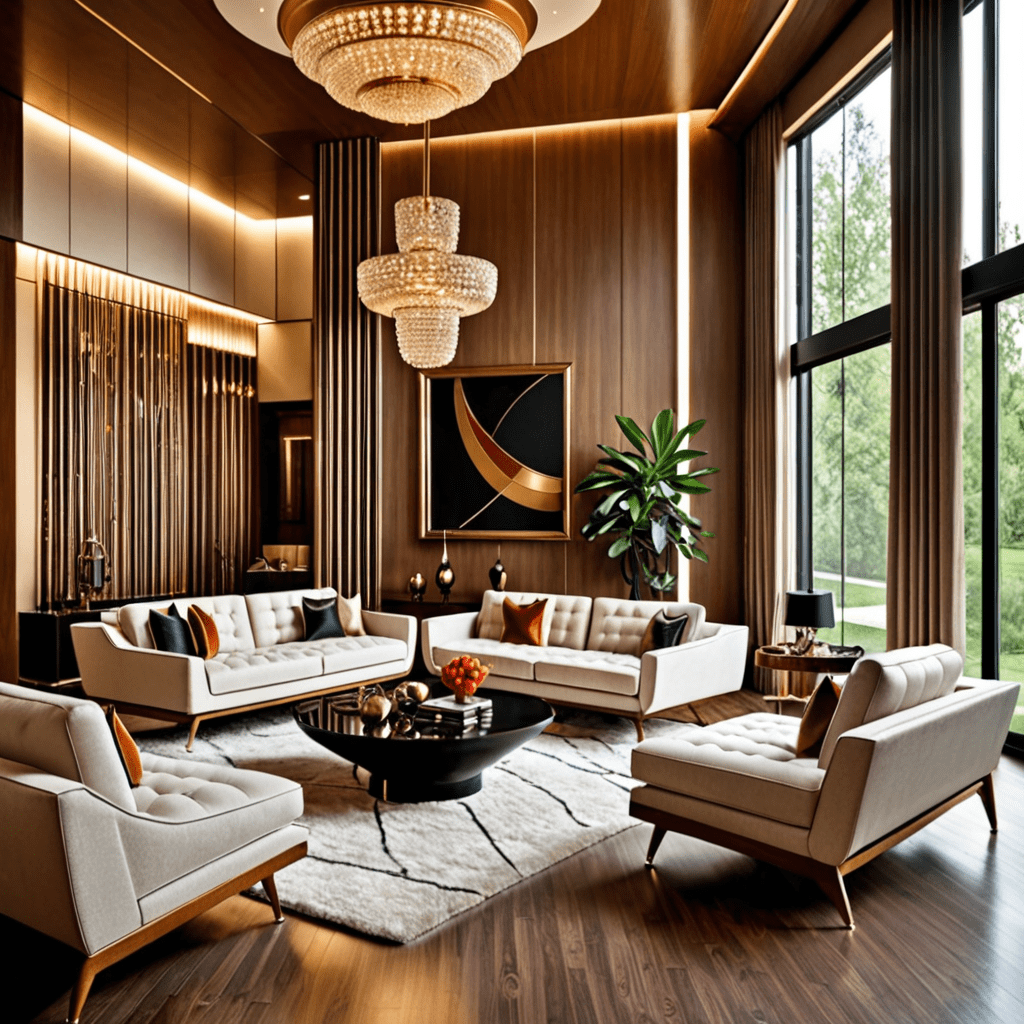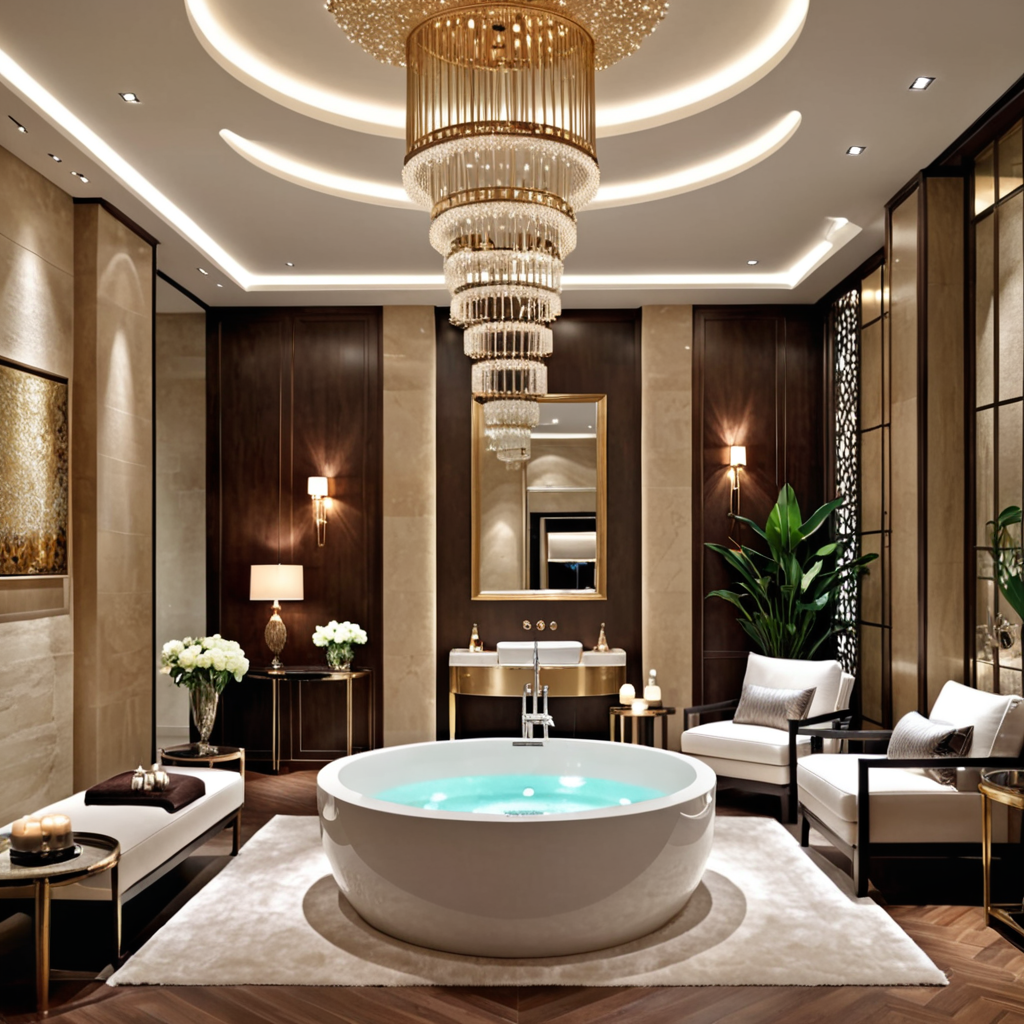How to Create an Ergonomic Design for Your Office


How to Create an Ergonomic Design for Your Office
Introduction
In the symphony of modern interiors, ergonomic design conducts an orchestra of comfort, functionality, and aesthetic appeal, especially within the confinements of an office space. It transcends the mere placement of furniture and the choice of color palettes, touching the essence of well-being and productivity. As the world of work shifts and evolves, embracing ergonomic design in your office isn’t just about sophistication; it is a fundamental aspect of creating a workspace that fosters mental clarity, physical ease, and efficiency. This philosophy of design ensures that every element within your office space synergizes to support your body’s natural posture and movement, reflecting a blend of innovative trends and timeless necessities. Let’s orchestrate a workplace that speaks the language of your comfort and style.
Key Elements of Ergonomic Design
Ergonomic design is rooted in the understanding of human-centric spaces, an approach that considers the interaction between people and their environments. Here are key elements to consider:
- Element 1: Workspace Layout
An ergonomic workplace layout is paramount. It should facilitate smooth movement and reduce unnecessary strain by ensuring that all essentials are within easy reach. Element 2: Adjustable Furniture
Furniture should not only fit the space but also the individual. Adjustable desks and chairs are vital in creating a personalized environment that can cater to various postures and tasks.Element 3: Task Lighting
Adequate lighting minimizes eye strain and boosts concentration. Task lighting should be flexible enough to adapt to different activities and times of the day.Element 4: Technology Placement
The placement of screens, keyboards, and other technology should minimize awkward postures, thereby reducing the chances of strain or injury over time.Element 5: Acoustics and Noise Control
Sound ergonomics is often overlooked. A well-designed acoustic environment can significantly reduce distractions and stress.Element 6: Color and Visual Ergonomics
Color schemes play a crucial role in setting the tone of a workspace. They should be chosen to create a calming yet energizing atmosphere.Element 7: Thermal Comfort and Air Quality
The office temperature and air quality can impact comfort and health. A well-ventilated space with climate control can enhance focus and well-being.
Tips for Ergonomic Design
Selecting the right furniture and arranging them effectively are key components of ergonomic design. Here are some practical tips:
- Choose Adjustable Chairs
- Opt for chairs with adjustable height, backrests, and armrests to cater to different body types and postures.
- Invest in Sit-Stand Desks
- Encourage movement and flexibility with desks that allow users to alternate between sitting and standing.
- Mind the Monitor Height
- Position screens at eye level to prevent neck strain. Monitor arms can offer added flexibility.
- Prioritize Storage Solutions
- Incorporate storage that is accessible and organized to prevent clutter and over-reaching.
- Integrate Personal Space
- Allow room for personal items which can help reduce stress and increase job satisfaction.
- Create Break-Out Areas
- Designate areas for relaxation and informal gatherings to promote mental breaks and collaboration.
FAQ about Ergonomic Design
Question 1: Why is ergonomic design crucial in an office setting?
– Answer: Ergonomic design is essential because it significantly impacts physical comfort, efficiency, and overall well-being. By tailoring the workspace to meet the natural needs of the human body, ergonomic design enhances productivity, reduces the risk of strain or injury, and contributes to a positive work environment.
Question 2: Can ergonomic design influence productivity?
– Answer: Absolutely. An ergonomically designed office can substantially improve productivity by reducing discomfort and facilitating ease of use, which in turn minimizes distractions and allows for better focus on tasks at hand. It also reduces the frequency and likelihood of work-related musculoskeletal disorders (WMSDs).
Question 3: How do colors impact ergonomic office design?
– Answer: Colors can affect mood, energy levels, and even cognitive performance. Ergonomic design recognizes the psychology of color, utilizing hues that enhance mood and mental clarity. For instance, blue is known for its calming effects, while green can reduce eye strain.
Question 4: What are the emerging trends in ergonomic office design?
– Answer: Current trends include incorporating biophilic design elements that bring nature indoors, advanced technology for better customization of workstations, and flexible furniture that adapts to multiple workstyles and activities. There’s also an increased focus on sustainability and employee wellness programs.
Question 5: How often should an office’s ergonomic design be re-evaluated?
– Answer: Ergonomic design is not a one-time setup. It should be reviewed periodically, especially when new equipment is introduced, when employees report discomfort, or when there are changes in workflow. Regular assessments ensure that the office environment continues to meet the needs of its users effectively.
In summary, ergonomic design is more than a trend; it’s a strategic approach to crafting workspaces that are both visually impressive and profoundly attuned to the human element. As we continue to navigate the nuances of modern work dynamics, creating an office that embodies ergonomic principles is not just a smart choice—it’s a necessary investment in the health and productivity of those who use it.



